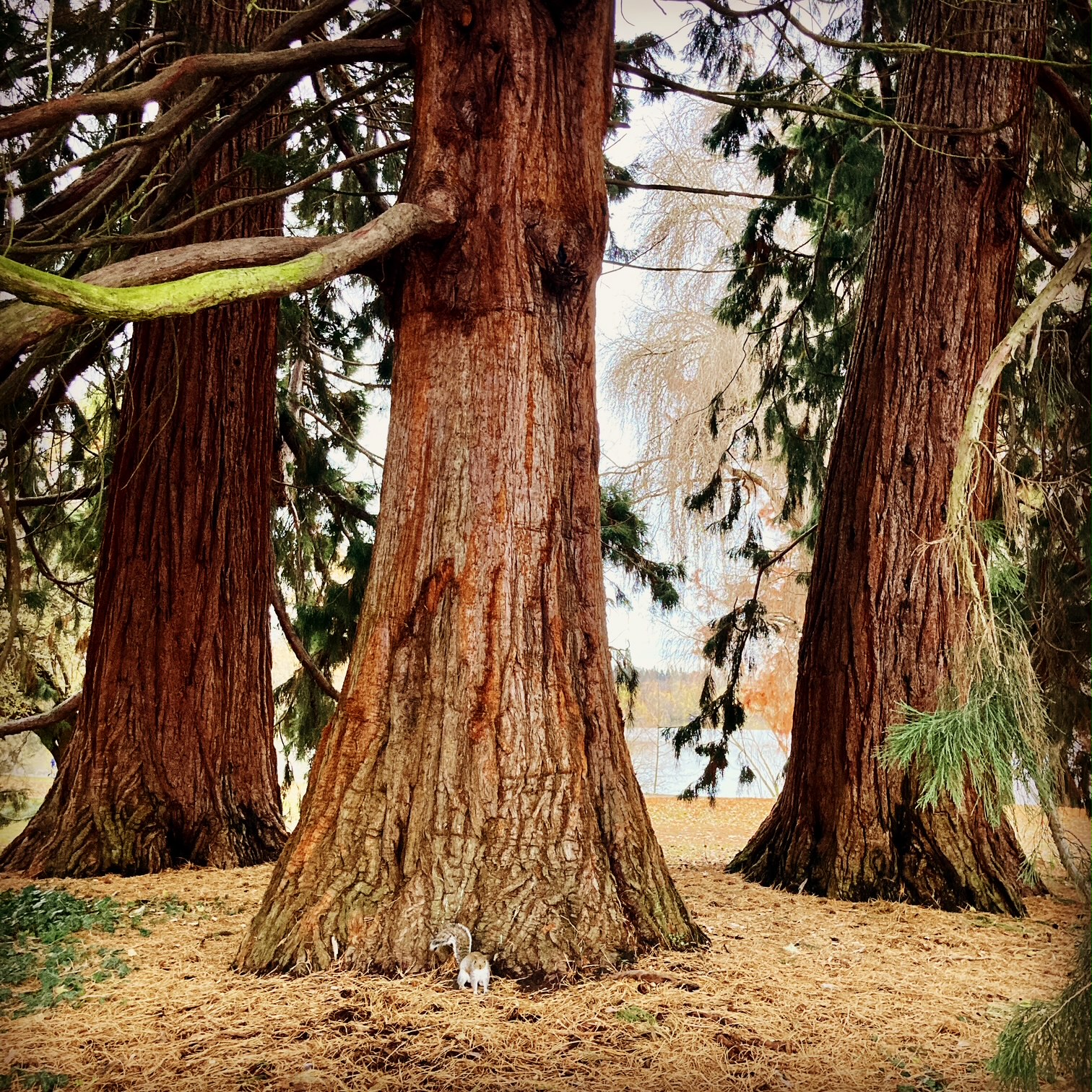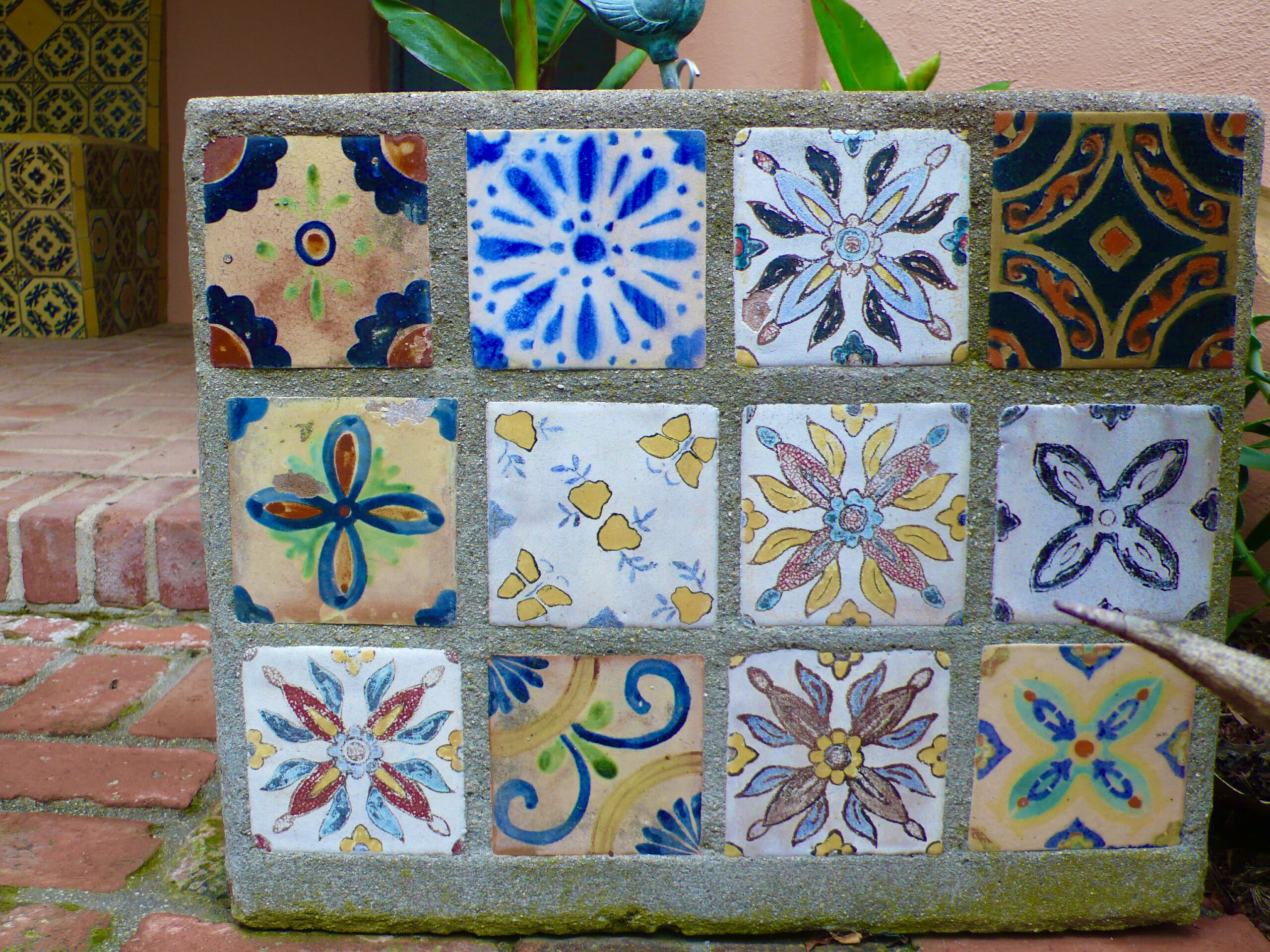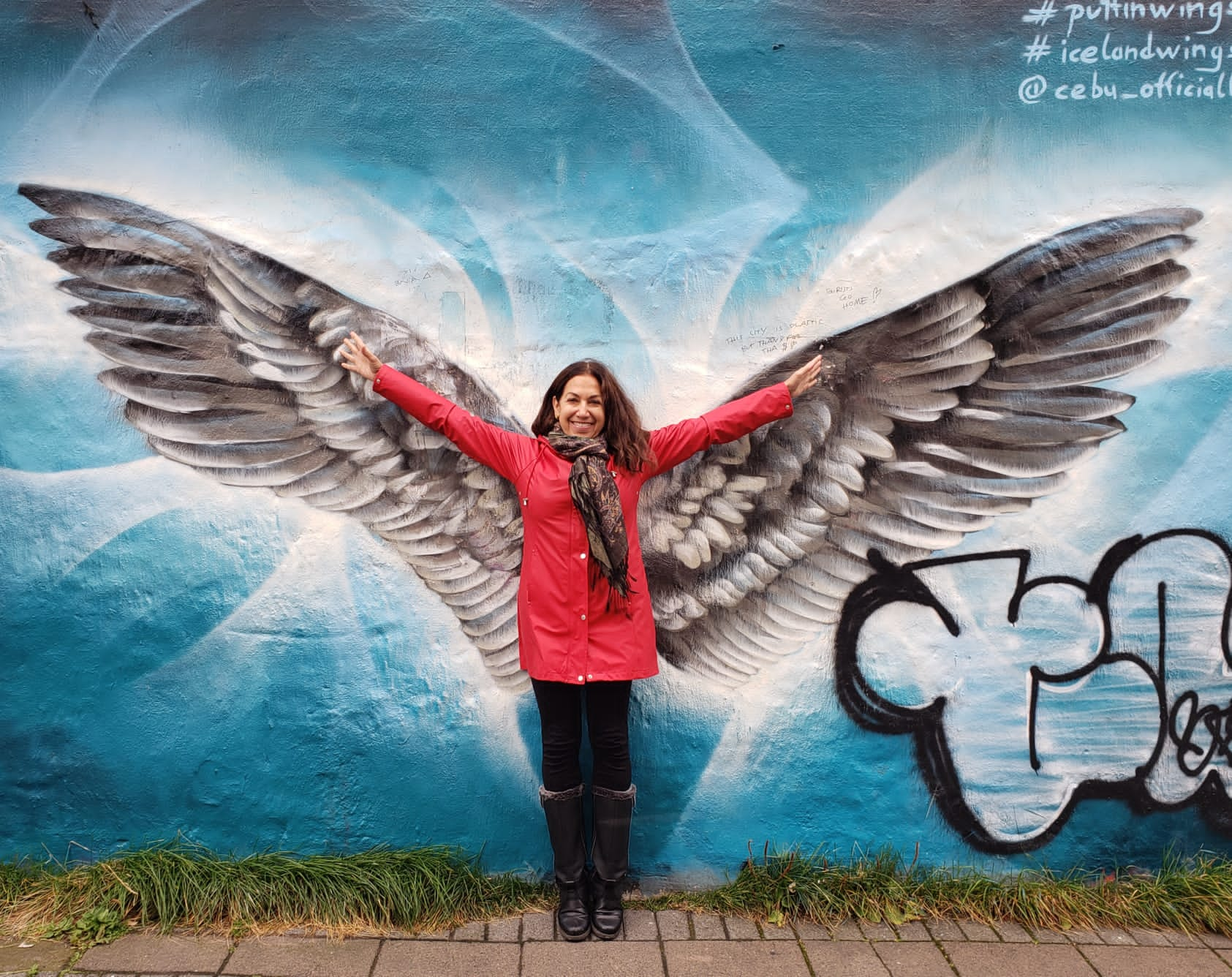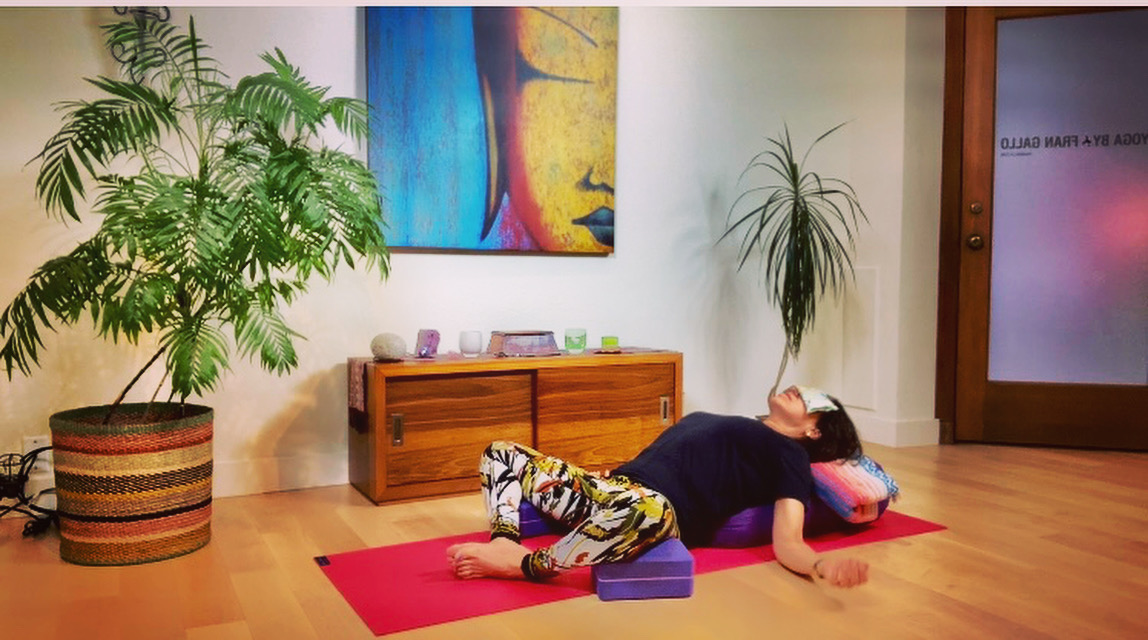Very soon, I will be teaching yoga daily while on a fabulous tour to Rajasthan. Our trip also includes a visit to Agra, home of the Taj Mahal, and a trip to Varanasi. The itinerary is packed with sites to see and I am not certain about how much time I will have to blog or post photos. I don’t even know if I will have good WiFi access out in the desert. Two years ago, there were times, when WiFi connections were weak, if at all available (even at the finest of hotels!). Well, I am thankful for extra time on my hands today and good WiFi here at the Likir House in Delhi!
Below are some of the highlights of the Rajasthan Tour Itinerary. Not mentioned below is that we will have yoga practice daily, and at some of the sites, I will lead the group in an optional meditation (some may wish to use this time to wander around on their own). And since I have done this tour before, I am able to include some photos I took two years ago.
Just edited this entry and I have to say, I am pretty excited for the group to get here and for the tour to begin! The best aspect of the entire tour is our guide! Arvind Singh is the best tour guide in all of India. Actually, I have not met every tour guide in India, but I do know that Arvind is a window to this very complex and fascinating multi-cultural country. With Arvind as our guide and his wealth of knowledge and exceptional ability to express himself and communicate clearly, we are able to enter the heart of India and experience India in depth at a very intimate level. I feel so fortunate to have him as our guide!
Here it is!!!
February 3 (that’s tomorrow!): The group arrives
February 4: Tour starts with a pooja ceremony in Shree Lakshmi Narayan Temple. Drive through Old Delhi, visit Jama Masjid-the largest mosque of the Indian sub-continent, the Red Fort, and Raj Ghat-the memorial to Gandhi.
February 5: Visit Jodhpur, the “Blue City”. Visit the Mehrangarh Fort
February 6: Continued tour of Jodhpur and visit Jaswant Thada, a cluster of white marble Royal cenotaphs built in 1899 by a queen in memory of her husband, Maharaja Jaswant Singh. In the evening, we will have a traditional dinner with a Jain Family.
February 7: Last day in Jodhpur. Go on a village safari by jeep where we will see wildlife and village life around Jodhpur. We will visit homes of potters, weavers, farmers and visit the unique village of Vishnois, a pastoral community known for their love and reverence for nature and animals.
February 8: Drive to Pushkar, famous for its annual camel fair. Pushkar is one of the most sacred sites for Hindus in Rajasthan and build around a lake. The town is devoted to Brahma. Visit the Brahma temple and go on a camel ride at sunset.
February 9: Visit Jaipur, known as the “Pink City” because of the color pink on the houses and shops of the old city. We will visit the city palace and the amazing Astronomical Observatory built by the king of Jaipur in 1728.
February 10: Second day in Jaipur. Visit the majestic Amber Fort, beginning with an elephant ride to the main gate. See the Mirror Palace, where the light from a single lamp, reflected in the many mirrors, illuminates an entire room.
February 11 and 12: Long drive to Ranthambore National Park on February 11 to see the Bengal Tiger in the wild! The drive is 112 miles from Jaipur and worth every mile! Ranthambore is an outstanding example of an Indian governmental conservation effort called Project Tiger. The reserve has a large variety of other animals and is rich in bird life and over all beauty!
February 13: Take the train to Bhartpur Railway Station to Keoladeo National Bird Park, the best bird park in India, with over 400 species of birds, including rare Siberian cranes.

Paintings of the rare Siberian Cranes. We saw them, but I was unable to get a good photo two years ago.
February 14: Valentine’s Day will be spent at the Taj Mahal! We will rise early for a sunrise tour of Taj Mahal to view this incredible and extravagant monument as the sun bathes it in an ethereal light.
February 15: Visit the tomb of Emperor Akhbar and take an overnight train to Varanasi.
February 16: Arrive in Varanasi, the holiest city for Hindus. Varanasi is situated on the bank of the most sacred river, the Ganges (called the Ganga in Hindi). According to legend, Varanasi is the oldest living city on Earth and the spiritual capital of the world. It is the most important pilgrimage center in India. Here we will stay for two nights. We will hear a lecture on the Sacred Geography of Varanasi by Professor Rana P.B. Singh, visit a silk weaving center, take a rickshaw ride into the heart of the city, attend an Aarti ceremony (honoring Mother Ganges and saying good night to her) at the main ghat along the Ganges in the evening.

Aarti along the main ghat on the Ganges. Brahman priests perform the nightly ceremony to Mother Ganga.
February 17: We will take an early boat tour on the Ganges for sunrise, the most auspicious time for workshop. We will experience morning life in the holy city and the relationship of the people with Mother Ganga (the Ganges River). In the afternoon, we will visit Sarnath, the birthplace of Buddhism. Evening concert at the Benares Music Academy to see an Indian classical music performance.
February 18: Flight back to Delhi
February 19: Day in Delhi before everyone leaves for the Delhi International Airport. Visit Delhi’s Gallery of Modern Art and shop at the Dili Hat.






















Good photography
Thank you!! I’m in India now. It’s easy to be a good photographer here! So much color, so much to see and capture on film.
What an adventure you are on, love the photos!
Hey! We didn’t get to go to Pushkar two years ago. Not fair!
Just kidding. Wish I were there!
Rick
Sounds like a wonderful trip, Fran. I hope everyone finds it enriching and enlightening.